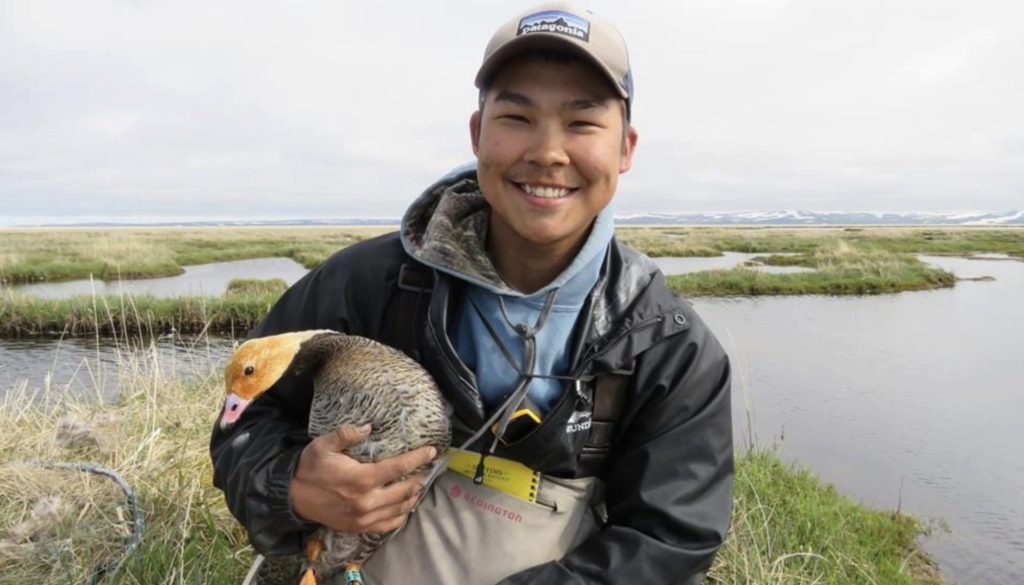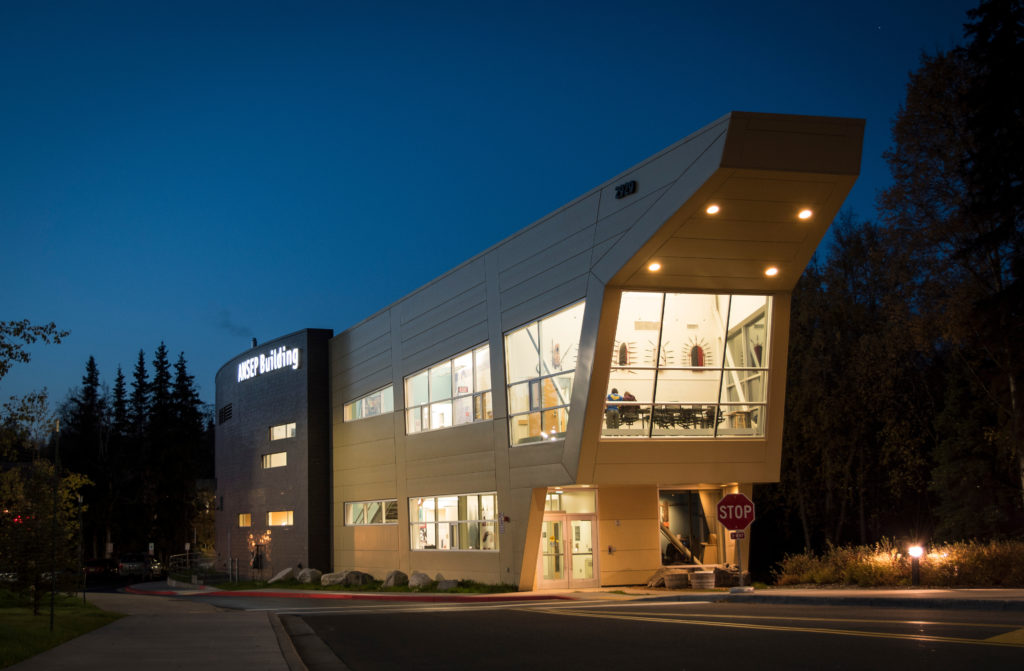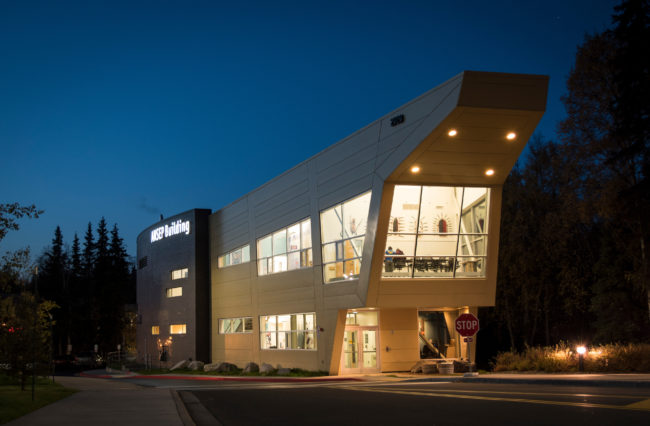By Poppy Benson, Vice President for Outreach
Engineer and professor Herb Schroeder,while working on sanitation projects in bush villages, was shocked to find there were no Native engineers. Outsiders were coming in and making all the decisions in these villages. Herb thought, I’m an engineering professor at UAA so why don’t I just make some Native engineers. That was the beginnings of ANSEP – Alaska Native Science and Engineering Program – which was designed to funnel Native kids into STEM fields (Science, Technology, Engineering and Math). Schroeder soon learned that it was a complicated task to recruit village students from graduating classes of 5 or 10 taught by a revolving door of young, inexperienced, non-Alaskan teachers and from families where no one had gone to college and turn them into successful college students. Attracting them to the STEM field was only the first step as they also had to successfully apply to college, be ready for college level work and be culturally and socially supported in the University environment that was so different from their home villages. ANSEP grew to address those issues expanding to a pathway and support system that starts in elementary school and goes all the way through a PhD. Watch this heartwarming short video about ANSEP.
As an ANSEP partner, Fish and Wildlife Service (FWS) contributes paid internships plus $50,000 annually to the scholarship fund. Karen Hyer, FWS subsistence office, who works with students at the Anchorage campus, said “Our target audience is rural kids. They have the skill sets we want.” She went on to say kids from the Delta speak Yupik, have field experience and frequently want to live and know how to live in rural areas. She was quick to say that as a federally supported program, ANSEP is open to all kids but the majority of students are Native. About a half dozen former ANSEP students are now permanent FWS employees. Meet two of them.

Randall Friendly said in an interview when he was in college “My family has lived in the Yukon Delta for 10,000 years. I love Alaska’s natural beauty and want to preserve its wildlife and resources for future generations. ANSEP is helping me achieve my career goals, which will help protect the land I love.
Randall Friendly, our October meeting speaker, came out of Tuntutliak on the Yukon Delta from a graduating class of 5. He is the first in his family to go to college. He is the first in his family to go to college. He got involved in ANSEP’s Acceleration Academy as a junior in high school and now is about to receive his Masters of Science from University of Alaska Fairbanks (UAF) having successfully defended his thesis on how wintering conditions for threatened spectacled eiders affect breeding success. He just started his first permanent job as waterfowl biologist for the Yukon Delta National Wildlife Refuge. His recorded talk, Working with Waterfowl on the Yukon Delta Refuge, is online hereand listen to a podcastwhere he talks about his career.

Keith Herron says he wanted to be a fisheries biologist because “I want to be a part in making sure they are always around so others can have the opportunities I have had. I have always had fish in my life”.
Keith Herron is a fisheries biologist and tribal liaison with the Fairbanks FWS Field Office. Keith grew up from Bethel to Wrangell to Kenai but always around water and fishing. Keith heard about ANSEP his senior year from a refuge employee. He signed up for ANSEP’s Summer Bridge (to college) program. Keith is finishing his masters in fisheries biology from UAF. His work with Ichthyophonus, a fish parasite contracted by Chinook salmon, puts him in a hot spot in a region where fisheries have been closed or greatly limited for four years causing significant hardships to the communities of the Yukon River. His research hopes to shed light on whether this parasite is responsible for less fish reaching Canada than expected. He is hoping what he learns about this disease will help better inform crucial fishery management decisions. Read more about his work here.
Karen Hyer noted that change is slow but ANSEP is a bright light with excellent student outcomes. It is bringing to the FWS competent young Native professionals who will “normalize” fish and wildlife careers for the kids coming up behind them.

The boat shaped ANSEP building on the UAA campus is a home base providing a supportive environment for studying and cultural events. Keith Herron said the best part of ANSEP is “You are not doing school alone. You are part of a community”
